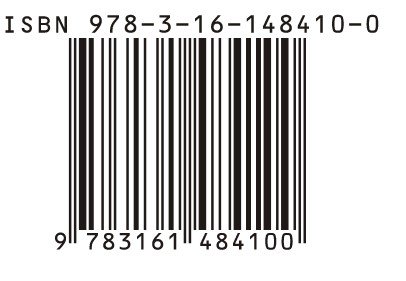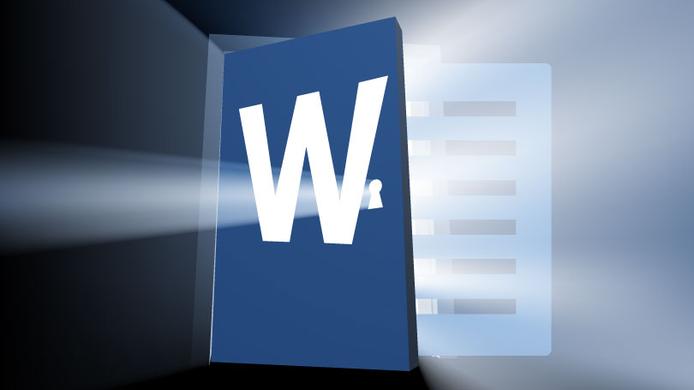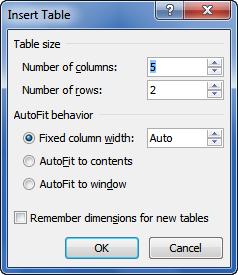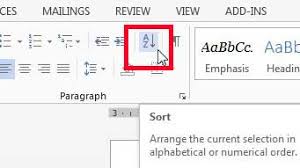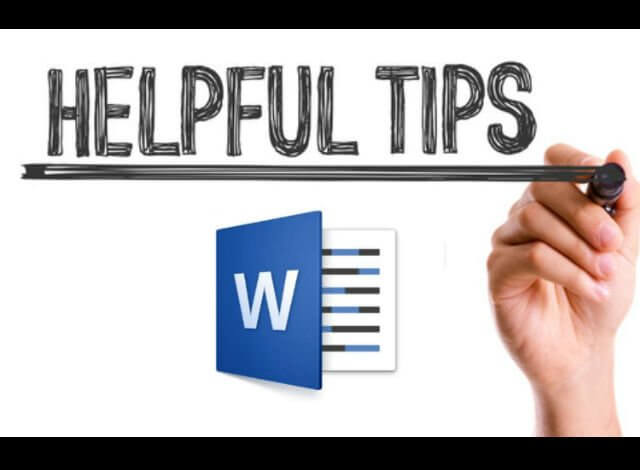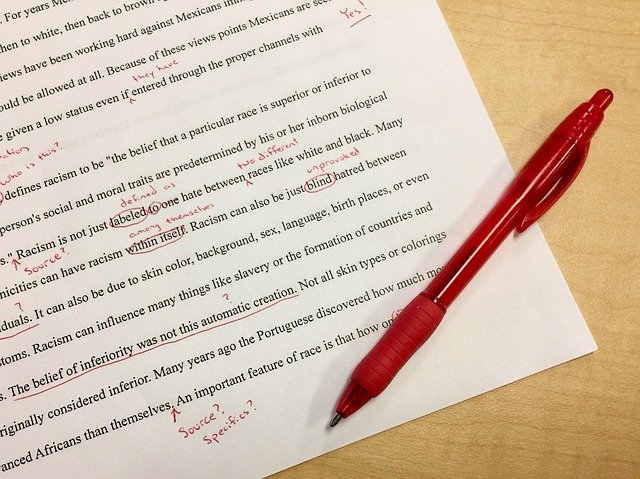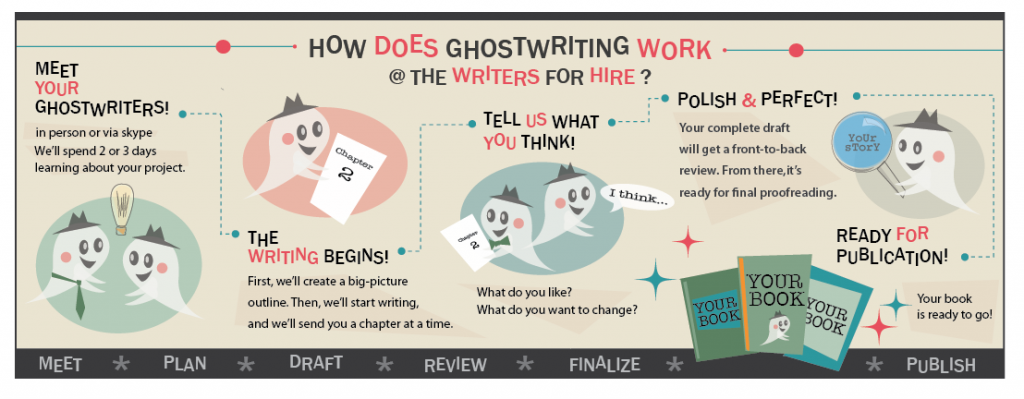Publishing has a long and romantic history, filled with names and figures that we all know. For example, most aspiring writers can tell you not only who it was that invented the printing press, but also what is often considered to be the first book ever printed on it (if you’re not sure what the answer is, click here).
A lot has changed since then.
There’s no longer just one man with a printing press in Europe. It’s grown into an industry that’s worth $143 billion (USD). As you can imagine, with that kind of money floating around the industry, there are more than a few more people involved in the process and, best of all, no shortage of acronyms and terms for writers to keep in their heads (heads that are already full to the brim with ideas and books).
In order to help new writers cut through the clutter, we’ve put together this handy list of people and terms that are often found in the industry.

- The People
This is a partial list of some of the major players that you’re going encounter as you work your way through the publishing world. These are the folks who help your get your book on the market and make sure that it’s seen by people worldwide (at least that’s what they try to make happen). You will likely encounter a few who aren’t on this list, but these are the main ones.
- The Publisher
This is the person, or company, who publishes your book. They’re the ones who pay you for your work, and put your book on shelves (or amazon, etc.). They employ the teams of people that help you get your book ready for publication, and they handle all the printing. Without a publisher, there would be no publishing industry.
- Self-publisher
The heroic soul who decides they want to do it all themselves. Self-publishers are writers who take on all the responsibilities of publishing a book. They put their own money on the line, arranging printing, editing, distribution, book tours- anything and everything that is involved with publishing a book. It wasn’t that long ago that self-publishing was a hard road to travel, but in recent years, the rise of things like ebooks have made self-publishing not only easy, but potentially very lucrative (think 50 Shades of Grey).
- Distributor
The person, or company, responsible for shipping books to retailers. They receive the books from the printers and fulfill orders, as needed. In today’s market, distributors can be responsible for the distribution of both physical books to actual bookstores or for the distribution of digital books (a market largely held by Amazon).
- Agent
An agent is a person (or company) whose main goal to is help an author sell their book to a publisher. And because publishing companies will often only work with authors who are represented by agents, they are very frequently the first point of contact for an author once they are ready to try and publish their book. Agents help authors get their books ready for publication, help them refine their pitches, and target the correct publishing houses. It’s not unusual for one writer to work with the same agent for most of their career.
- Editor
Here’s where things can get a little tricky. In most circles, an editor is someone who works on the words. They worry about commas, headings, verb tense, and all that stuff. It’s different in the book world. In the book world, those tasks are largely taken care of by a proofreader (the ones who comb through a manuscript line-by-line after it’s been written to make sure that 99.9999% of typos and errors have been caught). In the publishing world, an editor (or book editor) first decides what books are going to be published (they buy the books) and then they help make them better. Their goal isn’t to change the book that you’ve written, but to help punch it up. They find any plot holes and things that just don’t make sense, they help you realize which characters could need a bit more work and which are fine just the way they are, and sometimes they even help you understand where the soul of your book lies (because it’s easy to lose sight of things like that when you’re so heavily invested in a project).
- Promoter
This is the person who is responsible for promoting your book across all the various channels. These days, more and more of the job of promoting a book falls to the author. Publishing houses often do have promotions departments, but authors are often expected to do a lot of the heavy lifting. If you’re friends with any authors or follow them on social media, you’ve probably noticed that most of them talk about their books, both published and upcoming, pretty regularly in an effort to drives sales. Publishers usually put their marketing and promotion efforts behind a handful of titles each year that they know are going be huge books (like the newest JK Rowling book or Stephen King’s latest).
- Printer
The person who puts the book on paper. These are the folks with all the printing gear who take the finished manuscript and turn it into the finished product. It wasn’t that long ago that printing was hard to do for someone who wanted to self-publish. You often had to print way more books than you could ever reasonably hope to sell in order to get a decent price on books. However, in the last couple of decades, the rise of things like Print on Demand (see below) companies has made it easier for self-publishers to jump into the game.
- The Terms and Acronyms
Now that you’ve had a chance to process the people in the publishing world, let’s look at the terms and acronyms. Like the list above, these are just some of the terms and acronyms that you’re going to come across. By the end, you should be able to talk to any industry professional without getting completely lost (although there’s always going to be some phrase that they’ve just started using that you’re not going to know. It’s just the way language works).
ISBN
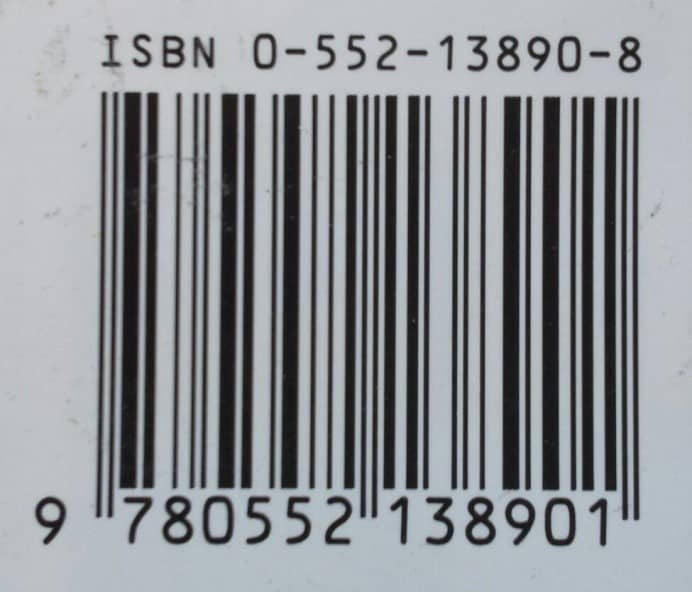
This stands for International Standard Book Number. It’s the unique 10 digit number that you see on the backs of books. It’s largely used as a way to track books through the sales process. You can use these numbers to learn how many books have been sold, to order books from book sellers, and things like that. ISBNs are typically handled by the publisher, unless you’re going the self-publishing route. These numbers are also usually embedded into the bar code of a book, although they can also be found on the inside cover.
POD (Print On Demand)
Print on Demand. This a method of printing books as needed. This setup is typically used by self-publishers because it’s cheaper and means you don’t have to have a warehouse full of books lying around. POD is helpful in situations where you’re using online booksellers to move physical copies of your books. Once a book is sold through this channel, it’s printed by the POD company and shipped out to the purchaser.
ARC (Advanced Reading Copy)
This is a finished copy of a book that is sent out in advance of the publication date, usually for the sake of getting reviews. They are often sent out about three to six months ahead of the publishing date. Sometimes ARCs are totally complete, but often they will lack things like dust covers or proper binding, or will have ARC printed over the cover in an obvious way.
Advance
A sum of money given to an author before a book is published. This money is often used to help the author have funds to get through the writing phase of the book, as it can often take months of hard work to get a book from the purchase stage to the published stage. Advances are looked at as a loan of sorts and are deducted from royalties (see below) until the advance has been paid out. It’s not unusual for an advance to be paid out in stages, like 1/3 at time of purchase (or signing of the contract), 1/3 when the book is done, and 1/3 when the book is published.
Royalties
The percentage of each sale that an author receives. Authors receive different percentages depending on what stage of the publishing cycle they’re at. Hardcovers usually start around 10%, for example, while softcover books bring in 8%. Royalties are paid out to authors after they’ve earned back their advances (see above). They’re often paid out on a schedule specific to the publisher (I have one publisher who pays out royalties once a year, and another who pays them out twice a year).
Rights (foreign language, movie, etc.)
Rights are permissions granted by publishers (or whoever owns a book) to publish and distribute a book, both in different formats and in different countries around the world. Rights allow books to become movies or TV shows, to be published in French, and things like that. Authors receive additional money each time a new set of rights is sold, even if the property is never used for the intended purpose (think books where movie rights have been sold, but a movie never comes out).
Book Proposal
A proposal is basically a pitch that is sent out to editors or agents, with the intention of selling a book. This is often the first stage of a nonfiction book because nonfiction books take longer to write and research, and it often doesn’t make sense for an author to put the time into something that may never be published. These are often quite detailed and, in some cases, can include sample chapters, full outlines, and even a table of contents. Their goal is to provide whoever is reading it with as much detail about the finished product as possible.
Query Letter
A query letter is similar to a book proposal, only way less detailed. More often than not, a query letter is a simple, one page letter that briefly outlines the book, the author’s experiences, and any other relevant information that might catch a reader’s attention.
Slush Pile
The thing most writers dread, the slush pile is where unsolicited submissions go. These submissions usually take the form of book proposals or query letters and come directly from authors themselves. This is the battle ground for new authors where they hope to be noticed in a pile that can often contain somewhere in the neighbourhood of 10,000 other books. This is why it’s important to have a stellar query letter or proposal, because you’re trying to stand out in that very crowded room.
Go Forth and Make Words!
By no means is this list meant to be a complete list. This is just a starting point for those who are looking to get into the world of publishing. It can be a lot to take in, but that’s true of most industries. Heck, you can’t even fry up a hamburger without learning some industry specific terms, such as Heated Landing Zone, Grill Slip, or HOT (which stands for Handheld Order Taker).



